KRUGER NATIONAL PARK (Day 16)
We were on the road quite early as the sun was still climbing its way over the horizon. A flock of guinea fowl meandered slowly in the road. The impala and kudus also began their day.
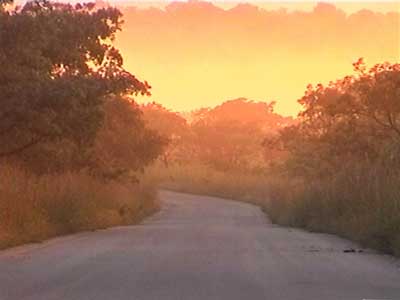

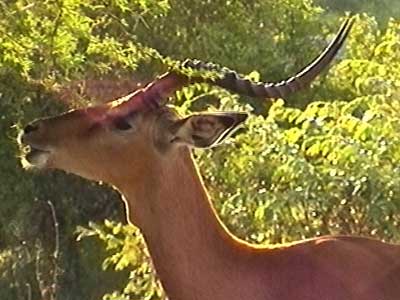
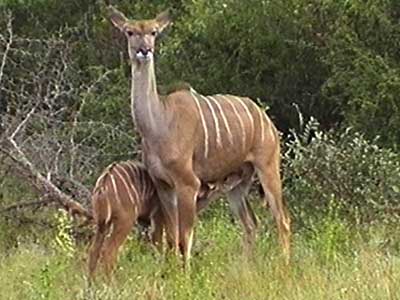

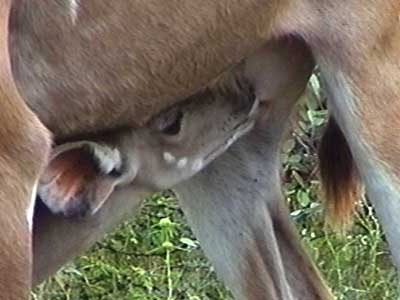
We drove to Skukuza, another camp in the park. In the library was a tusk that weighed more than I did!! There were many paintings, sculptures and interesting exhibits.
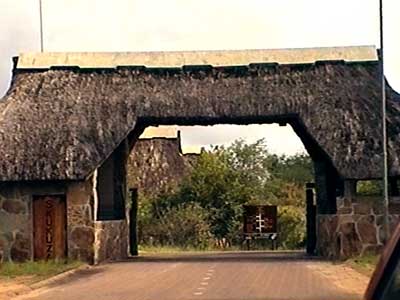

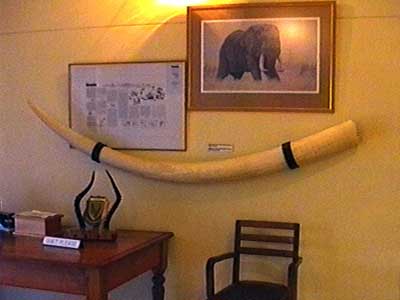
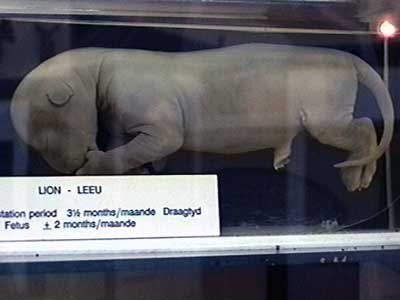
We continued on our way, driving somewhat aimlessly in search of wildlife. It wasn't hard to find! The day was already getting extremely warm.
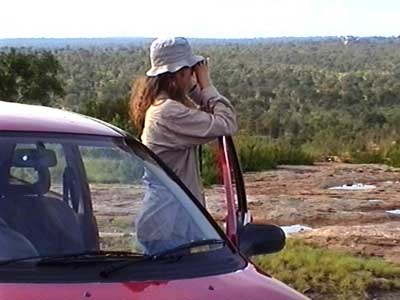
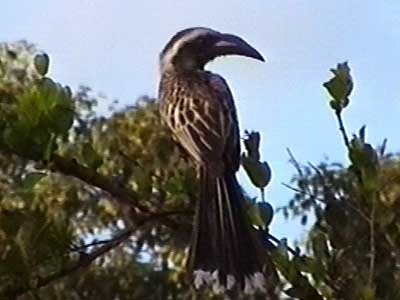
The baboons had no problem taking the right of way and making us all wait.
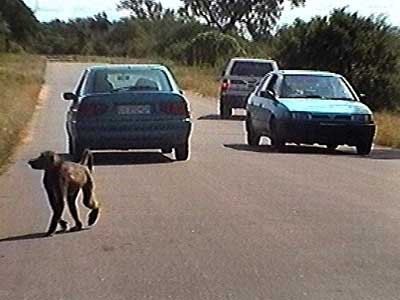
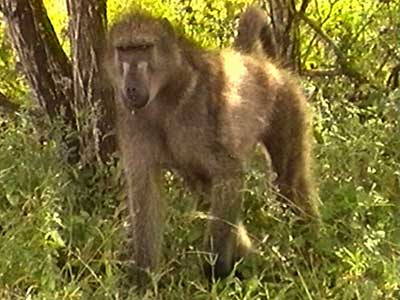

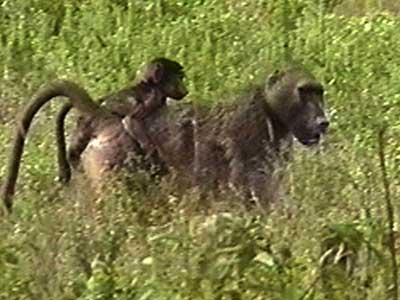
The watering hole was a good place to sit and watch for animals, such as these wildebeests.
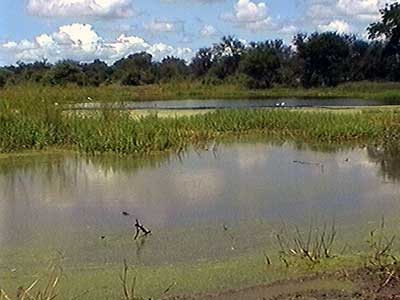
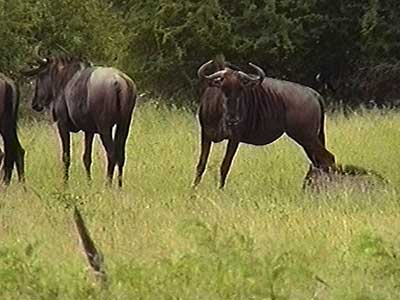
Only males impala have horns. The rutting season was approaching (April and May) when the largest males would fight to control the largest number of females. There were plenty of charges and lots of hollow-sounding cracks as horn locked together, but at this point in the game, there was no real aggressiveness (as indicated by casually pausing to scratch or clean in the middle of a 'fight').
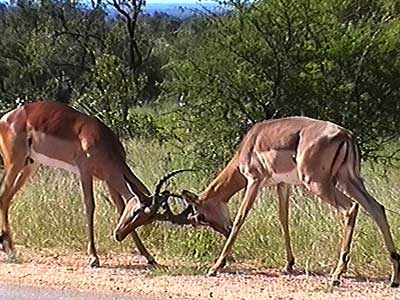
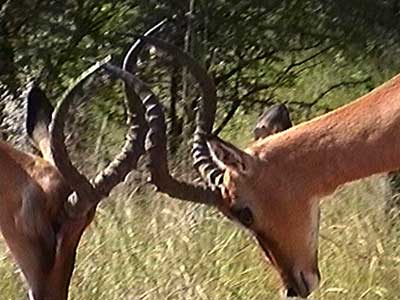
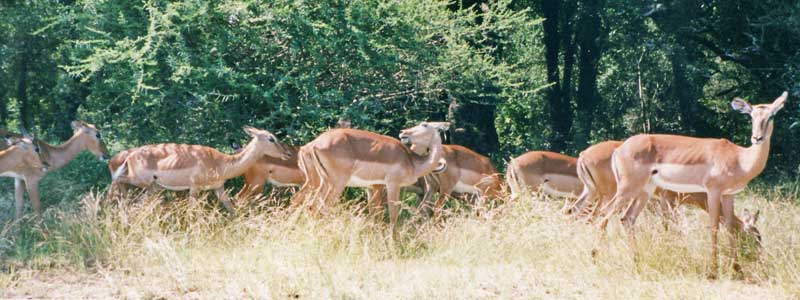
Lions really only come out once the sun had set. During the day, they lazily rest under the shade of trees.
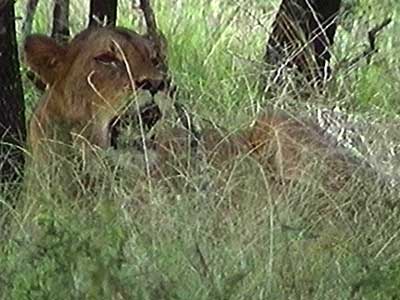
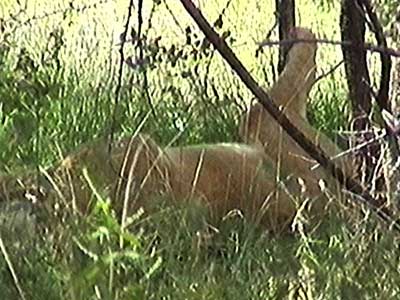
There were plenty of giraffes about. At one point, we spotted a group of three standing among the trees so we stopped. Suddenly one of them started running right at us! We quickly realized he wasn't running AT us but rather AWAY from a much larger giraffe. It seemed to be some dispute over a female... and apparently he felt our tiny little Corsa was enough to 'hide' behind. It was then, as he stood a few feet from the car, that I realized how MASSIVE these animals are! After a bit, I began to drive forward veeeeery slowly. He stayed where he was, his eyes intent on the larger giraffe that had fortunately stayed in the trees.
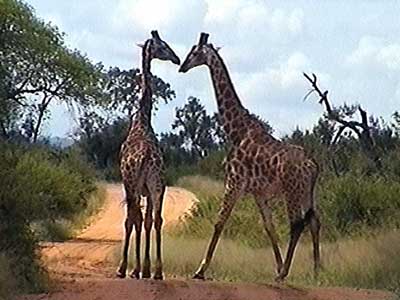
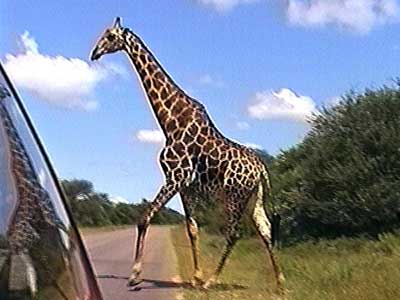

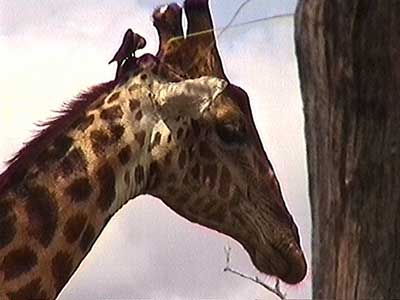
We stopped at Nkuhlu pinic area for lunch. A Vervet monkey sat begging for food. We didn't give in to him but other folks did, in spite of 'Don't feed the animals' signs everywhere.
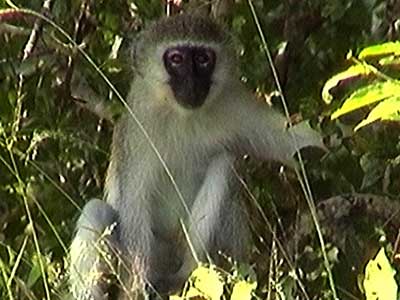
The Yellow-billed Hornbill is named for its distinctive beak.
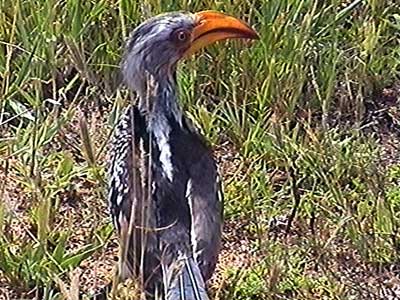
The Klipspringer (literally meaning 'cliff jumper')is quite small and hard to spot.
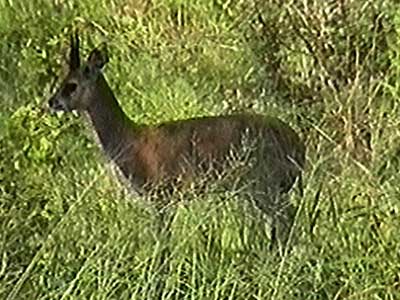
We came upon a turtle crossing the road, obviously as fast as he could... which was pretty darn slow. We stopped and waited for him, but as soon as he realized we were there, he pulled into his shell.... which was probably not his best move against a car. Fortunately this didn't last long and he resumed his "run" to the safety of the grass.
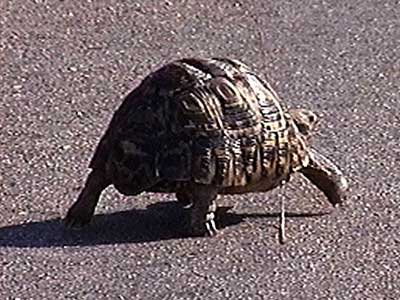
As the day began to wind down, a Spotted Hyena walked to the side of the road and lay down. We turned off the car and watched her for a while. Unfortunately a large tour bus drove up and scared her back into the grass. After the bus left, we coasted very slowly past and found her, along with another hyena, resting in the tall grass.
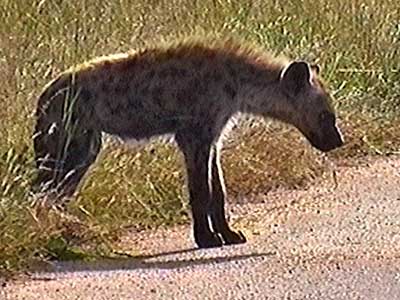

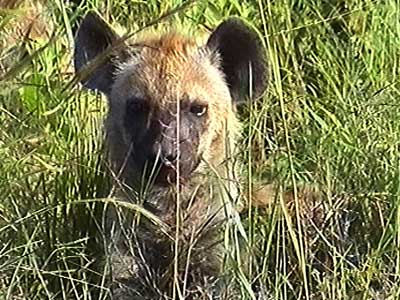
We had signed up for a night tour, so at dusk, we loaded up in a big jeep with James as our driver then headed into the wild. It was much easier to spot animals from this height as opposed to from our little rental car. He told us many interesting stories such as how the native bush people used to plant a Buffalo Thorn tree (also called the Wait-a-bit Tree because of its grabbing thorns) on top of fresh graves so that the hyenas wouldn't dig up the bodies. Equally as interesting was that elephants will often mock charge (because they don't like to get off the road). But when they REALLY charge, they will roll their trunks up into their mouths to protect them. He also explained how the geology of the area determines whether there is more grass or more trees (solid granite vs. sandy soil for roots to grow deep) which therefore also determines the types of animals found there.
We came across a lioness and her cubs enjoying the lingering heat of the pavement. James guessed the cubs to be 6 months to 1 year old. She really didn't want to give up her spot but eventually had no choices as we pushed past. All three literally vanished the moment they set foot in the tall grass. Go camouflage!

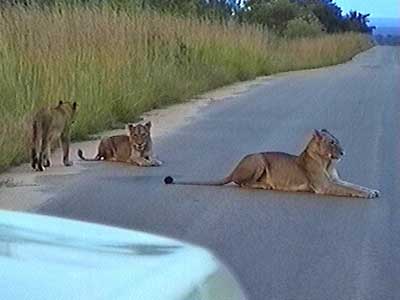
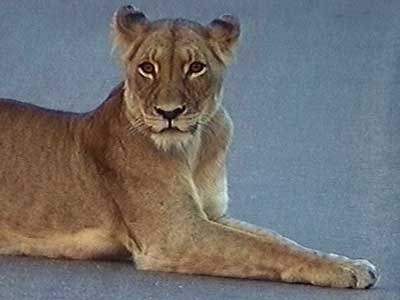
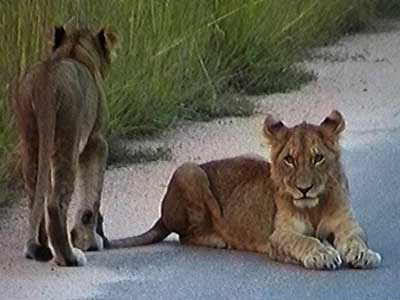
Not too far down the road was a very large heard of buffalo. The African Buffalo is one of the most dangerous animals in the park due to its aggressive nature. Both males and females have the large sturdy horns. They are actually very hard to kill with a gun since their horns protects their brains. But unfortunately they are susceptible to other things... they were currently experiencing a tuberculosis epidemic which was being spread quickly through the herd by sneezing. The infected bulls then wander and join other herds... spreading it now to the north of the park.
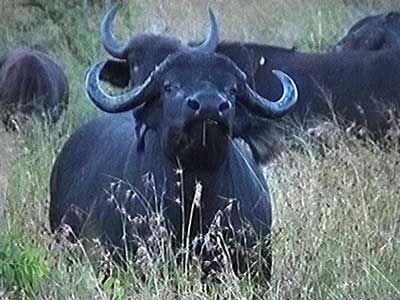

We took a break at Shitlave Dam where we were allowed to step out of the jeep. James kept a rifle with him at all times, just in case.
In general, the animals are not really scared of a car. They basically don't know what it is and simply see it as a large object... unless you actually get out of it. This used to be true for the lions as well. But then, refugees fleeing from Mozambique would often cross the border into the park. Many of them got eaten by lions (I mean, if you were a lion, would you rather go for something soft, slow and hairless or something that has hooves, horns, tough fur and that you have to spend a lot of energy catching?). The lions began to know what people looked like very well... even to the point of being able to identify them INSIDE a car. Several a bit-too-causual tourist has been pulled out of an open passenger window from leaning their arm out of the car.
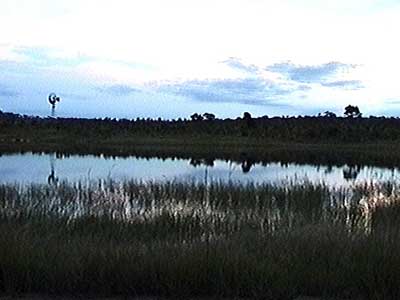

It was now dark enough to have to turn on the spotlights. In general, the guides try to avoid shining the lights directly into an animal's eyes for this can confuse and temporarily blind them. They could run into trees and, apparently one time, a rhino actually ran into a vehicle. Of course, that didn't stop every single tourist from taking several flash photos.
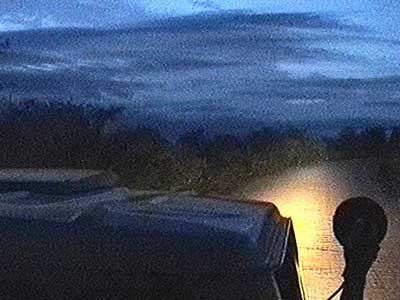
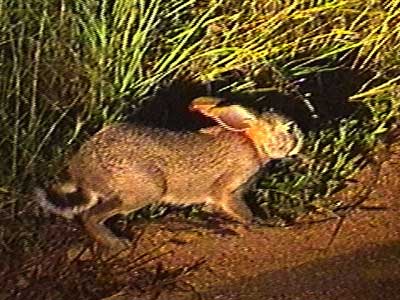
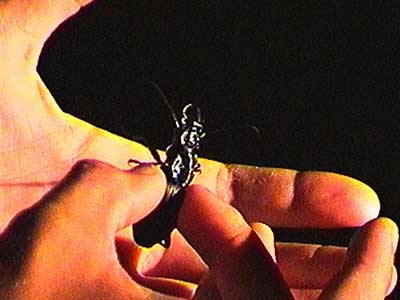
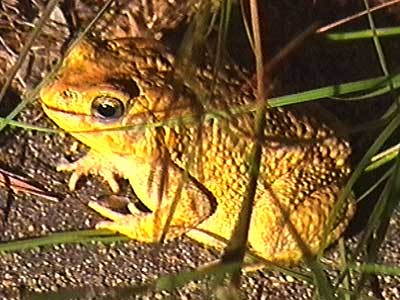
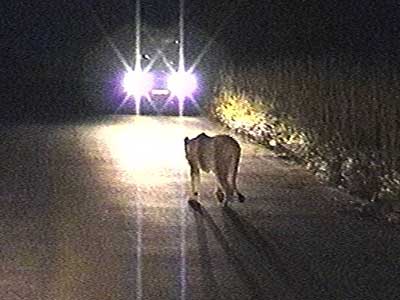
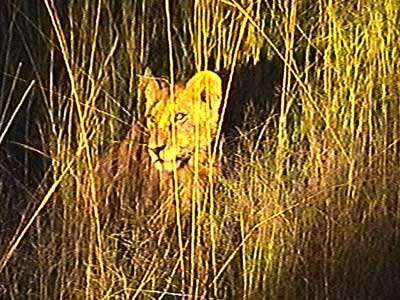
The Spotted Eagle Owl is highly territorial. An owl's eyes are fixed in its head, so in order to see, it has to move its entire head.
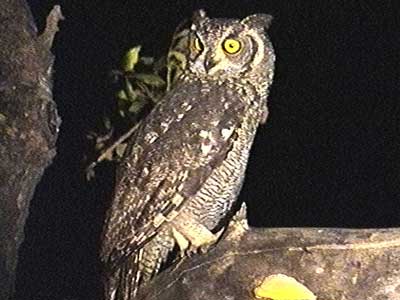
We stopped at a direction marker to look at... fresh cheetah dung. There are about 300 cheetahs living in the park and this is how they like to get a good view as well as mark their territory. Hyena dung, by the way, is white. This is from all the calcium in their systems from eating bones. Tortoises then eat this dung for extra supplements to harden their shells.
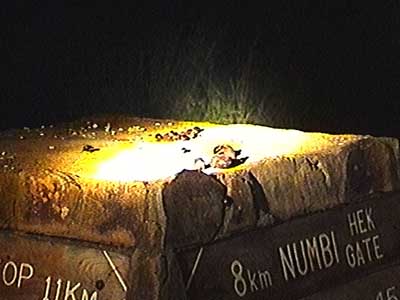
Fortunately it waited to start raining until we got back to our cabin.
return • continue

